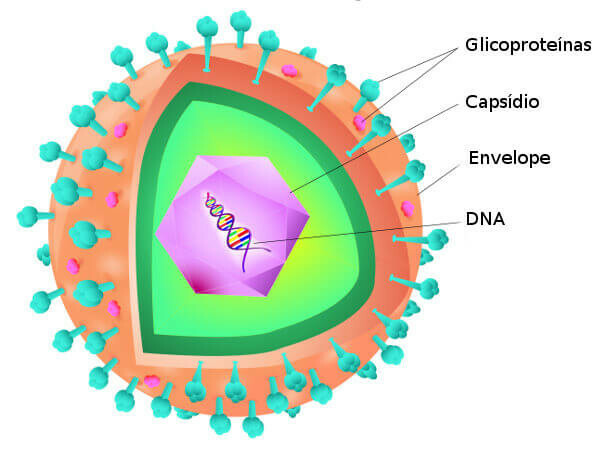Originally, the term archaebacteria was used to designate a group of prokaryotic and unicellular organisms, characterized by primitive bacteria.
The term Eubacteria was used for other prokaryotic beings.
Currently, this nomenclature has undergone changes. That's because Molecular Biology studies recognized that the two groups were not as similar as thought.
Thus, the term archaebacteria was replaced by archea (archaea) and the term Eubacteria for Bacterium (bacterium).
Differences between Archaea and Bacteria
The cellular structure of archaea is similar to that of bacteria.
However, the genetic and biochemical characteristics of archaea are more similar to eukaryotes.
Two main differences distinguish archaea and bacteria:
- Chemical constitution of the cell wallA: In archaebacteria there can be a huge variety of cell walls, however, none of them are composed of peptidoglycans, a component present in bacteria.
- Organization and functioning of genes: In Archaea, the sequence of genes and their actions resemble those of eukaryotic beings.
Arche Characteristics
Archaea are a very diverse group:
- They can be autotrophs or heterotrophs, anaerobic or aerobic;
- They are spherical, rod-shaped, spiraled, flattened or irregular in shape;
- They can reproduce asexually and sexually;
- They live in extreme environments, such as hot water lakes, volcanic crevices and animal digestive tubes.
Archeal Groups
Halophilic Arches
It is the most expressive group.
They live in water with a high saline concentration. To give you an idea, seawater is not salty enough for them.
Thermoacidophilic Archaea
Represented by beings capable of inhabiting environments with extreme conditions of temperature and acidity.
Methanogenic Arches
They are obligatory anaerobic beings and release methane gas as metabolic waste.
Found in environments lacking oxygen and abundant organic matter. They live in the digestive tube of termites and herbivorous animals.
Importance of Arches
Methanogenic arches can be used to aid in the decomposition of organic waste and in the sewage treatment plant.
Furthermore, by producing methane, which can be used as fuel, they can contribute to the generation of an alternative energy source.
Learn more about Kingdom Monera.


